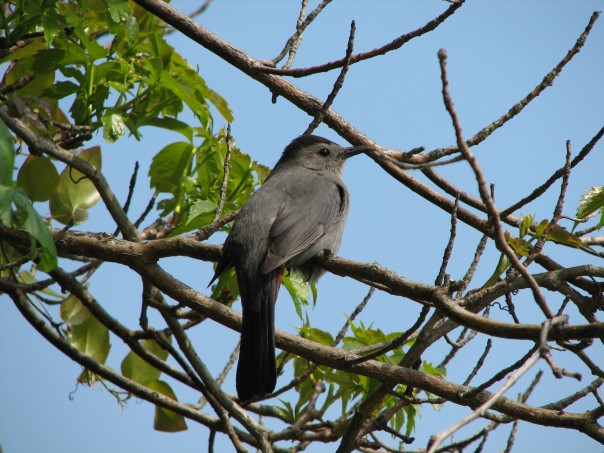Tomorrow (Saturday, October 8th) is the holiday that comes but twice a year – World Migratory Bird Day! Traditionally celebrated on the second Saturday in May and the second Saturday in October, World Migratory Bird Day celebrates amazing annual journeys and the birds that undertake them. Wondering why we need a World Migratory Bird Day and what you can do to celebrate? We’ve got you covered.
World Migratory Bird Day is a truly international holiday, with events being held this year in 66 countries across all three of the world’s major flyways (the American, African-Eurasian, and East Asian-Australasian). Ever since its inception in 2006, the day has been a time to focus on both the wonders of bird migration and the threats to migrating birds in our modern world. Every year has a theme, and this year’s theme is a focus on reducing light pollution.

Many birds, even birds like thrushes and warblers that are most active during the day, choose to undertake their migratory flights at night. There are several reasons for this, including calmer air currents, concealment from predators, and the visibility of the stars to aid in navigation. Light pollution not only makes it harder for birds to see the stars, it also attracts them towards tall structures and dangerous areas where their risk of collisions and other accidents is much greater. Collisions are estimated to kill 1 billion birds per year, and migration season brings the highest risks as birds leave their familiar territories to travel long distances. Check out this video to learn more:
What can you do? Make sure to turn off any exterior or interior lights you’re not using at night, especially in and around buildings with lots of large glass windows. For windows that reflect lots of vegetation and are otherwise high-risk for collisions, consider buying decals or other treatments to make them more visible to birds (the American Bird Conservancy has good resources for this). If you’ve got a green thumb, consider planting a variety of native plants in your yard to provide safe, sheltered places for tired birds to rest, recharge, and forage. Shrubs, trees, and tall herbaceous plants and native grasses can all be attractive and useful for different birds.

Looking to appreciate some migratory birds near you? The best fall migration birding is often along the coast, where shorebirds congregate in huge numbers at productive mudflats and sheltered bays to refuel for their incredible journey from the Arctic to Central and South America and the Caribbean. Raptor migration is also much more exciting to observe in the fall than in the spring, with hawks, falcons, and eagles following major ridgelines where they are easily observed at choice mountain sites on clear days. For those who love songbirds, large mixed flocks of blackbirds, numbering in the hundreds or thousands of red-winged blackbirds, common grackles, brown-headed cowbirds, and the rare and imperiled rusty blackbirds can be seen moving through croplands and weedy fields all through autumn.
